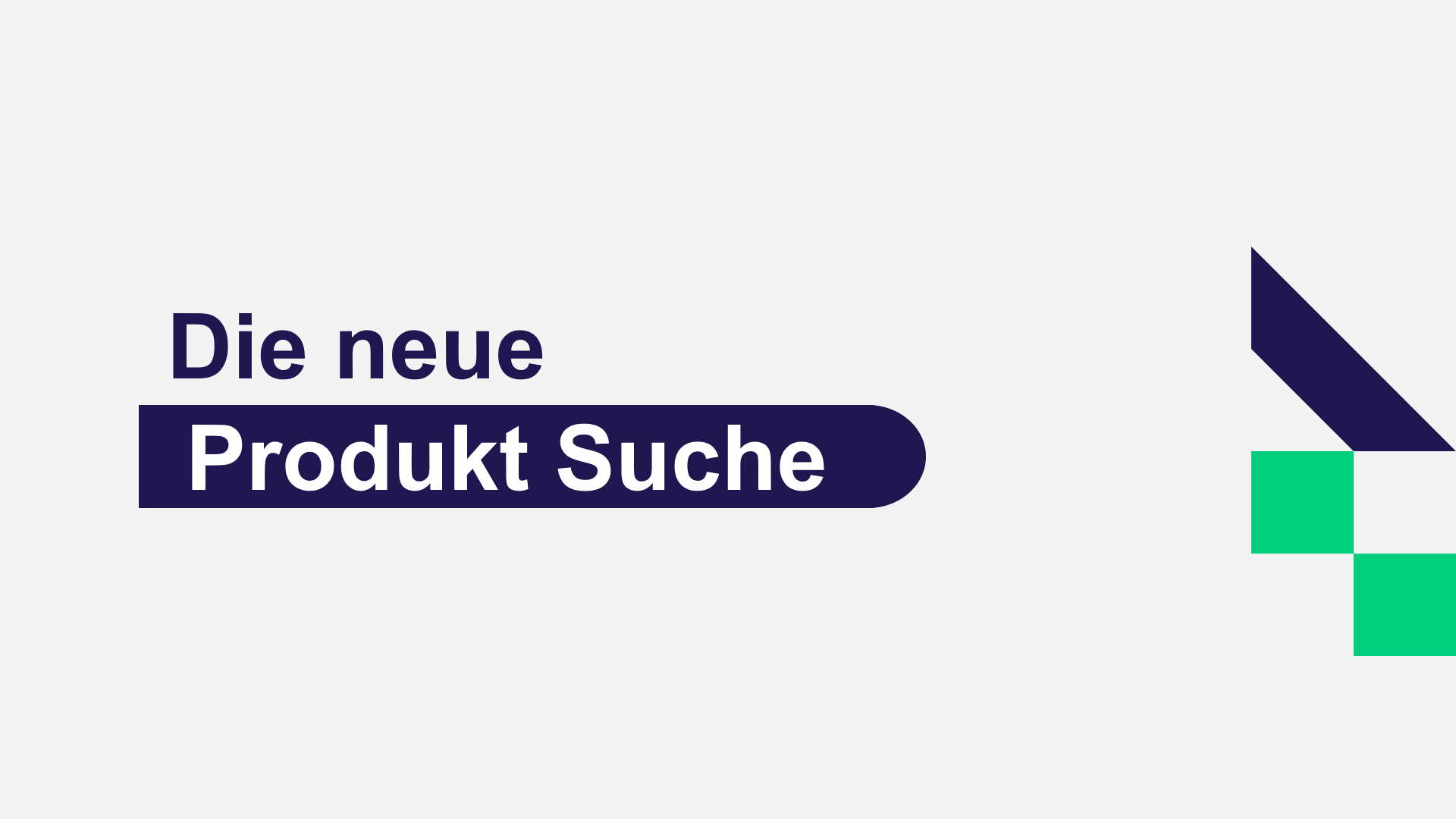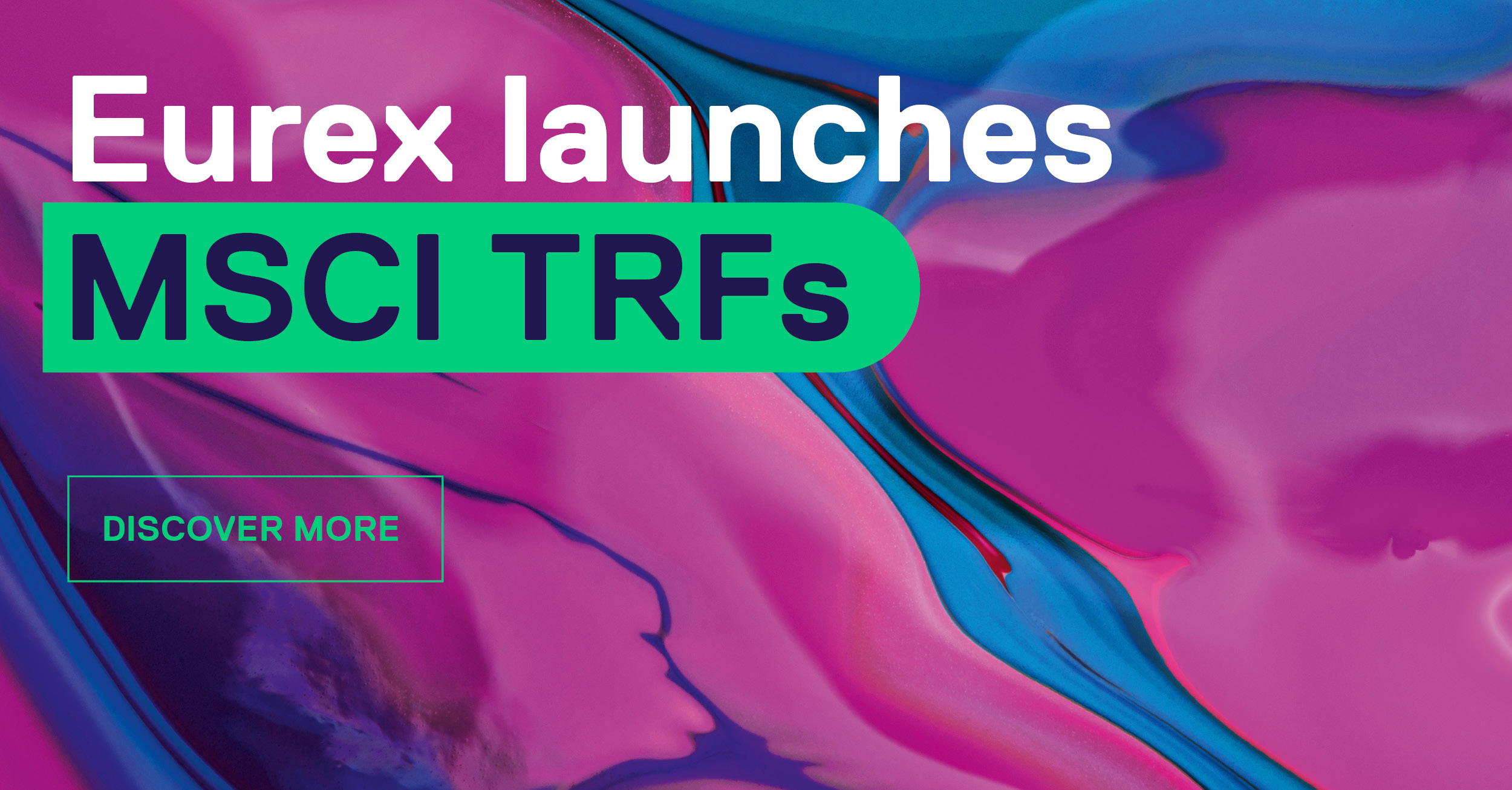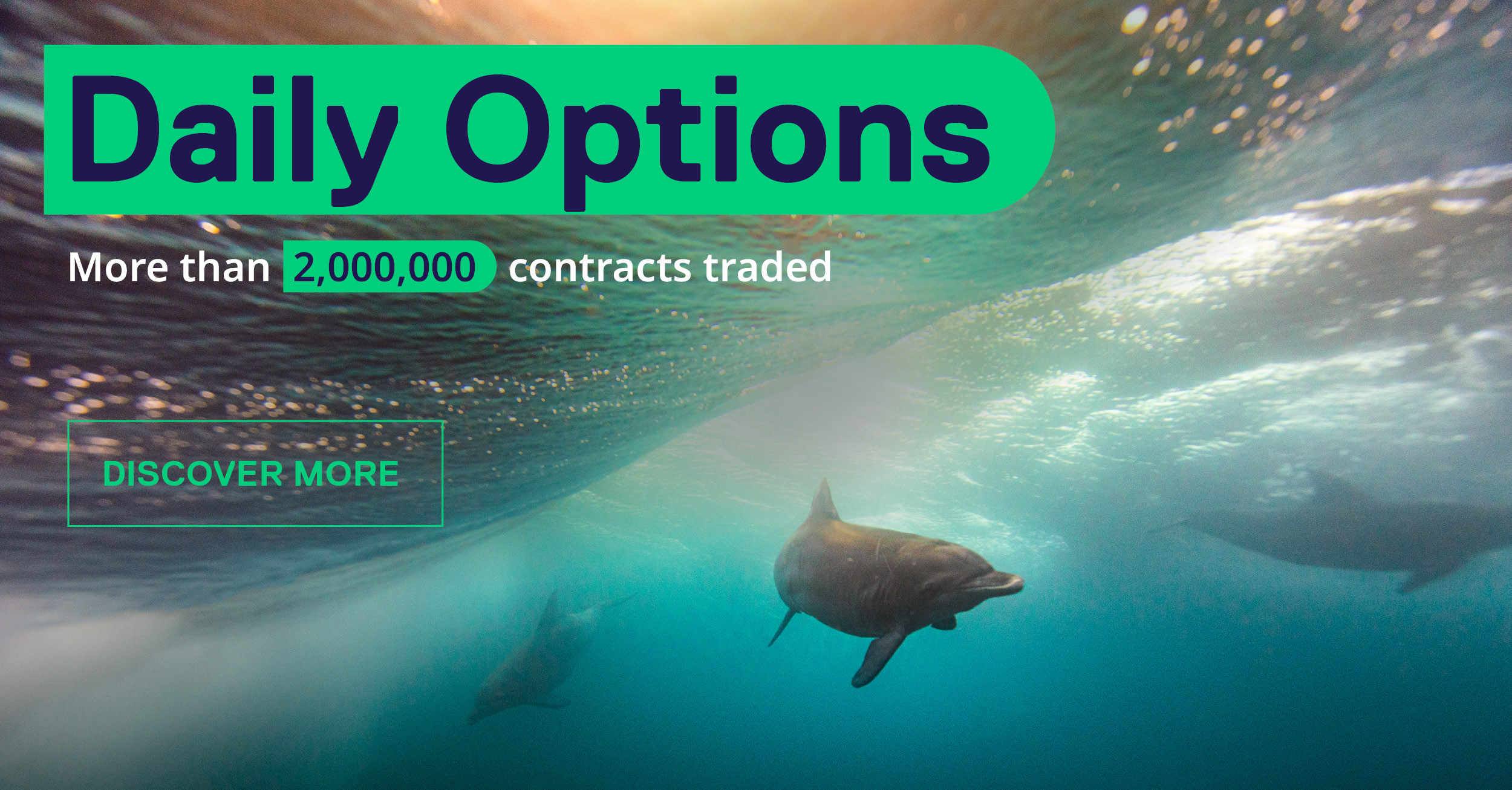What considerations should an asset manager have when evaluating where to trade?
The biggest consideration is usually price. A buy-side firm should only trade with a counterparty if it is the cheapest option and they are able to deliver. However, another key consideration is how the liquidity is provided. As market makers we always aim to provide competitive two-sided liquidity in a product. This is very important as it demonstrates that when an asset manager trades with us, they are not trading against our short term alpha or our vision of where the market is moving.
What do you need to have in place to provide liquidity directly to the buy-side?
We have been offering this for a few years now, and doing it means effectively performing a direct transfer of risk into our central risk book, so that needs to be managed. Key to the offering is having access to a wide breadth of liquidity and being able to join all these liquidity sources together. If you trade a single stock for instance, we can manage risk in the stock itself, but also in derivatives like single stock options, or ETFs.
How do you manage the risk?
We rolled out our risk model at the start of 2020, so we are very comfortable with volatility, and we make sure we are there when people need us most. There is a lot of liquidity during volatile markets, but you have to know where to find it. Our systems are built for volatility, and we constantly ensure they can hold up during periods of extreme volumes and market stress.
We look at risk mathematically, as a continuous trade-off between the risk we hold and the cost to unwind. If you understand the pockets of uncorrelated risk that you are running during volatile markets, it makes you more comfortable with risk. It’s also important for us that we view risk across the company, not at an individual trader level.
For example, if we trade €20m of Volkswagen, we find the liquidity in the stock itself but at the same time we ensure we get more competitive in related Volkswagen calls and puts. On top of that, we do the same thing with BMW and Mercedes and other correlated stocks and ETFs.
Our central risk book is sizable, so we can show that extra liquidity to our counterparties. We are also comfortable with holding risk, meaning we can take weeks or months to unwind a full position. We don’t just take on the risk and try to trade out of it straight away. That is why it’s important for us to understand whom we are trading with. If we are trading with someone who has very short-term alpha our passive model will deliver sub-optimal results, so that’s why we make sure we establish a strong relationship with our counterparties and are transparent about what we do.
How do counterparties engage with you? Is it all electronic?
Our main goal is to make the liquidity available in as automated a way as possible. We work with all the major execution management systems (EMS) and show our IOIs across different types of strategies, whether that be at low touch or high touch rates. It should be fully automated, with one click to trade and with as low a rejection rate as possible.
Firms can also set price and ADV limits when requestion quotes, which enables us to provide consistent, two-sided liquidity that meets their needs. That EMS integration is crucial for us. If a buy-side trader is able to systematically, automatically and reliably choose the cheapest source of liquidity for the majority of their trades, this leaves them to focus on more difficult trades, where execution can benefit from additional attention.
What is next for the offering?
We are steadily increasing our coverage of European stocks. We already cover over 2,000 stocks so we have a pretty extensive reach, but there is an opportunity to go further, into smaller market-cap stocks for instance. We are also looking to expand geographically, in particular in the US where we already offer the S&P and the Nasdaq to European counterparties but are looking to go further.
Join the Derivatives Forum Frankfurt on Feb 28-29 and hear more about this topic.
Speaker: Oscar Van Schaijk, Head of Cash Equity Trading, Optiver
Moderator: Will Mitting, CEO, Acuiti



